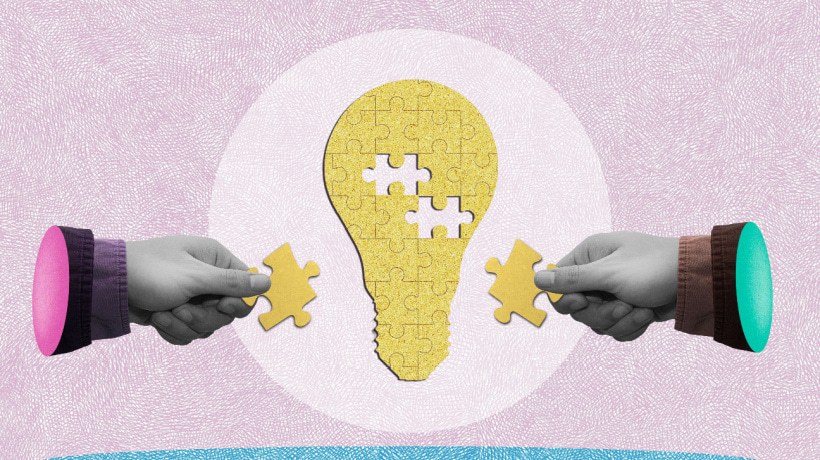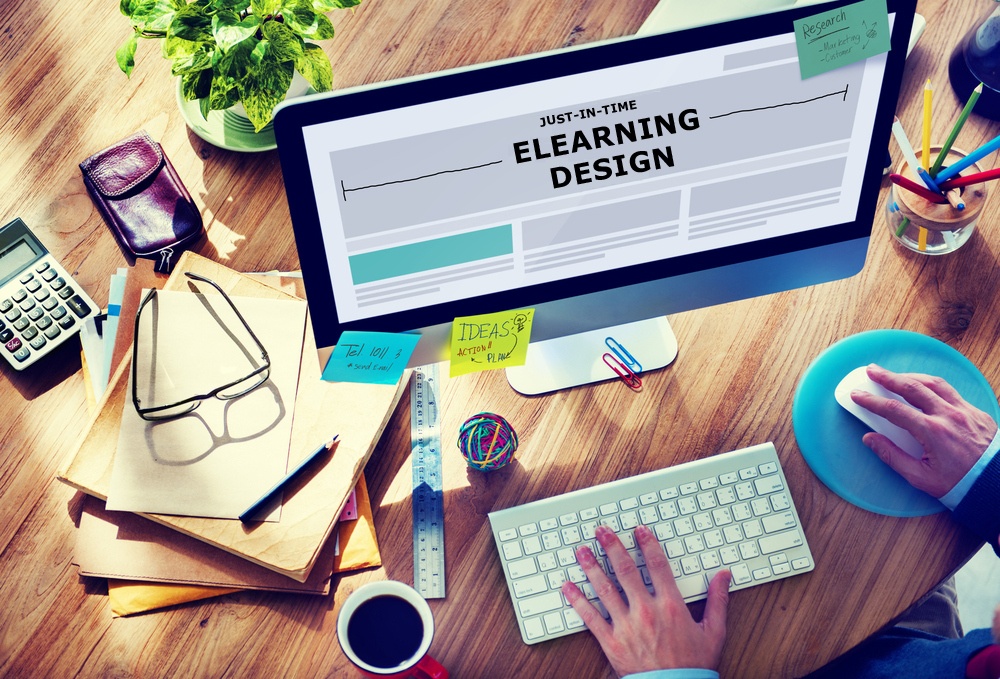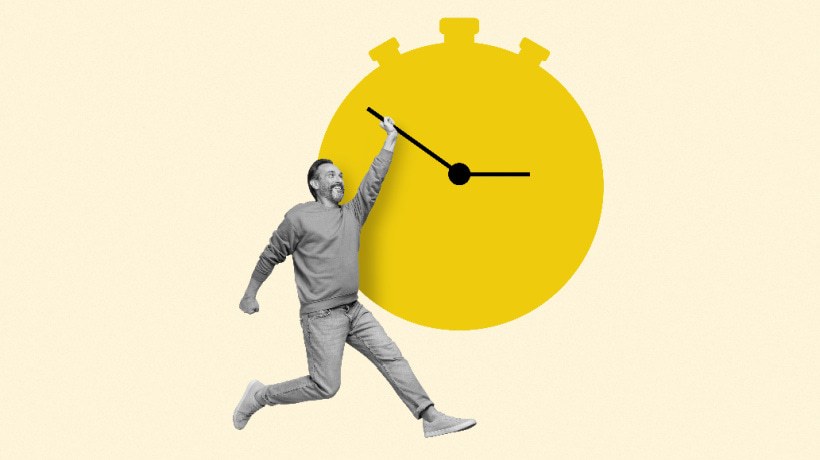Can Microlearning And Nanolearning Solve Learners' Lack Of Concentration?
In recent years, attention spans appear to be shrinking. This is especially alarming when it comes to learning, as people can't maintain focus for long periods of time and lose interest in courses almost immediately. Thankfully, the L&D industry has innovative solutions for every problem that troubles learners or threatens the learning process itself. We're talking about microlearning and nanolearning.
Microlearning refers to bite-sized pieces of knowledge that can be consumed and absorbed quickly. These can be short videos, quizzes, or even infographics. Nanolearning, on the other hand, is a tinier version of microlearning, breaking information down into even smaller bits. These quick bursts of knowledge can accommodate the needs of learners with short attention spans, as they don't take up much of their time and don't require much commitment. Let's explore the reasons behind this sudden lack of focus and why microlearning and nanolearning are the remedies.
What Causes Short Attention Spans?
Information Overload
Our lives are surrounded by a constant rush of information from various sources: social media, emails, texts, notifications, etc. This excessive amount of content can sometimes become overwhelming for our brains, which become unable to cope with it, leading to tuning out.
Lack Of Engagement
It's a common experience to feel your mind drift away when the learning material isn't captivating or relevant to your interests. When the subject matter fails to catch your attention, it's a recipe for disaster, so it's only natural to shift your focus elsewhere.
Multitasking
We often brag about our multitasking abilities, but the truth is that frequently switching between tasks can negatively impact our mental health. It can result in exhaustion, reduced productivity, and difficulty completing tasks. So, to stay efficient, it's best to start focusing on one task at a time.
Sensory Overload
When we try to focus, our environment can get in the way. Bright lights, loud noises, and constant distractions can make it hard to concentrate. The result is that our brains get overwhelmed with all the sensory input, which can lead to shorter attention spans.
Anxiety
When we're stressed and anxious, it's almost impossible to stay focused on anything. Our minds fill up with worrying thoughts, and we can't seem to get anything done. This is getting more common as life's rhythms accelerate.
Tech Addiction
We get more and more addicted to our screens. Whether we're binge-watching our favorite shows and short videos or endlessly scrolling through social media, it's easy to get lost. But the more time we spend on our devices, the less time we have to actually work and focus on important tasks.
Digital Fatigue
Spending too much time looking at screens makes us feel mentally drained and unable to concentrate. It's because of the blue light our screens emit, which can seriously disrupt our sleep schedule. This means we don't wake up fresh and are not ready to tackle our daily tasks.
The Pros Of Microlearning
Flexibility
With microlearning, you can learn anything without stressing about how much time you've got. You can relax on the couch, wait in line, or get on the bus, and microlearning fits right into your life. You can gain knowledge any time you want without sticking to a schedule. Microlearning lets you jump straight into the content you need, exactly when you need it. So, whether you're looking to learn something new, brush up on some knowledge, or just explore new things, microlearning is perfect for helping you reach your learning goals.
Retention
When you soak up massive amounts of information all at once, you are going to feel overwhelmed. But when you take small bits, it is easier to understand. This is what microlearning does. It breaks down big, complex topics into smaller chunks, making it easier for your brain to hold onto the information and recall it when necessary. When your brain is relaxed and doesn't receive much input at once, it has more time to process and store it.
Accessibility
Microlearning adapts to your preferences and needs. If you're the type of person who loves watching videos, you'll find tons of microlearning content that lasts up to 15 minutes. Now, if you prefer reading, you can find plenty of articles to dive into. The same applies to your level of expertise. No matter if you're a pro or beginner at a subject, you'll find that these short lessons are like having a tutor who adjusts learning according to your needs. All these go a long way in promoting inclusivity as well, as they make learning accessible in all corners of the world. People have the opportunity to gain knowledge without time, location, budget, or physical limitations.
Cost-Effective
Speaking of budget, microlearning is the most cost-effective option out there. Traditional methods can be expensive due to the cost of materials and instructors. However, microlearning can be crafted in such a short amount of time and even found for free on the web. Educational videos on social media platforms, infographics, articles, and short games are widely available and cost nothing. Even if a company wants to create its own modules, the cost would be insignificant since the content is short and there's no need for equipment or instructors.
The Pros Of Nanolearning
Short Format
As we mentioned above, nanolearning is an even shorter version of microlearning, and that's its power. Nanolearning is about small bites of knowledge designed to be quick and digestible, ready to be consumed at any given moment. Even if you have just a minute to spare, you can open a one-minute video, look at an infographic, or read a quick fact. This way, you can break down even the most complex concepts and understand them no matter where you are.
Immediate Application
Imagine you're doing a task and you need help. Instead of watching a lengthy video tutorial or reading a manual, you can get a quick knowledge boost with nanolearning. It is designed for immediate application, so the content is always easily understandable and can be put into practice on the spot. This is extremely useful for busy professionals who don't have the time to sit through training or for people who are in a rush to get familiar with new responsibilities or a new role.
Minimal Disruption
Since you don't have to dedicate hours to studying, it's hard to get disrupted. With traditional training, it's normal to have your mind wander or lose focus because of how long it lasts. However, nanolearning is quick and designed in a way that doesn't require as much concentration, fitting the needs of those with short attention spans. Plus, it doesn't disrupt your workflow either; you don't have to leave tasks behind and hop into lengthy training sessions.
Personalization
Nanolearning is like a personal coach. You get bite-sized pieces of information that are perfect for you and what you're interested in. You can choose what you like, such as videos, quizzes, or articles, and nanolearning will give you what you want. It's also about your needs, too. Let's say you have some skill gaps or struggle with certain concepts. Nanolearning delivers targeted content like a mentor would.
Conclusion
Nowadays, it's clear that we have to be adaptable and flexible when it comes to learning. There are plenty of tools for educators and learners to tackle learning challenges, and two of them are microlearning and nanolearning. If you want to learn quickly, you can embrace microlearning, or if you like easily applicable bits of information, you can dive into nanolearning. Embracing these innovative solutions and changing your approach can help you battle short attention spans.








